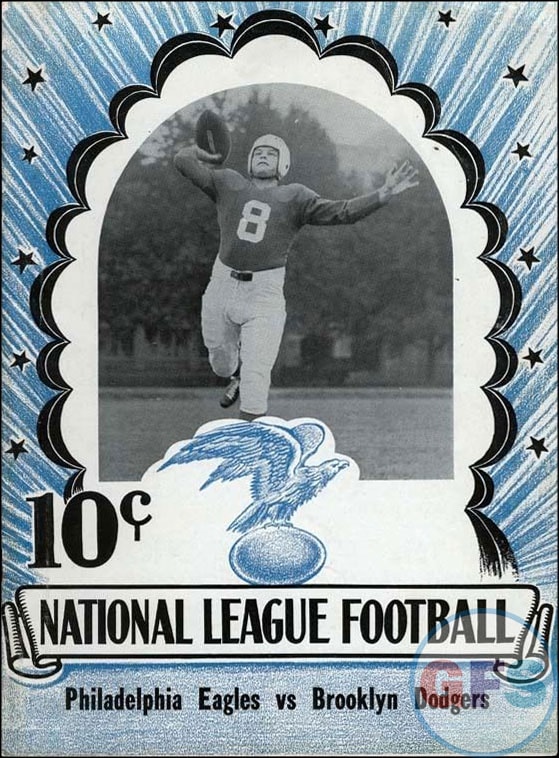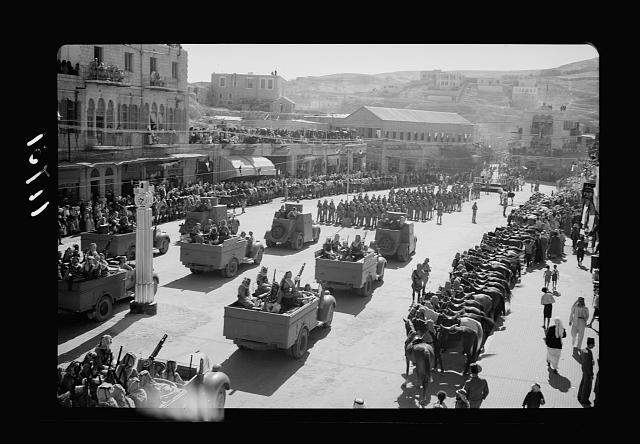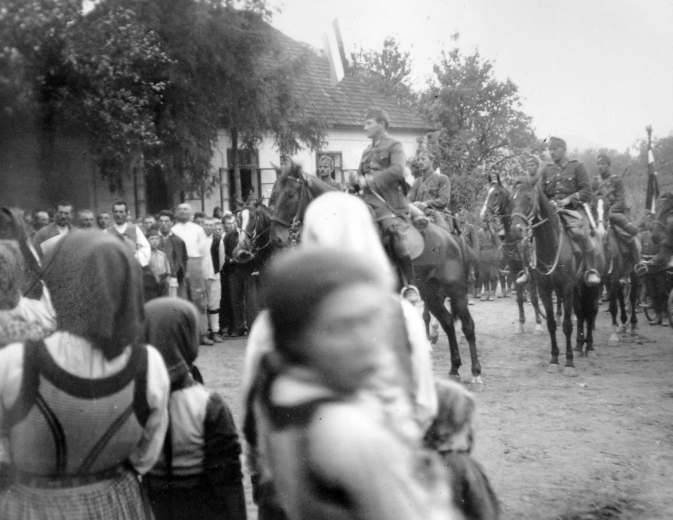Friday 26 October 1940
 |
| North American Aviation’s prototype fighter, NA-73X, NX19998, at Mines Field, Los Angeles, California. (North American Aviation). |
The day begins with the usual reconnaissance flights. Around 10:30 on 26 October 1940, a fighter-bomber (Jabo) sweep accomplishes little, though the Luftwaffe pilots down a Spitfire of 4,/JG53 near Biggin Hill. There also is an exchange of losses off the coast.
A little later, a large formation heads across from Boulogne. Per recent policy, there are patrolling Hurricanes who intercept. A massive dogfight erupts which extends all the way across the Channel. A pair of Hurricanes of No. 229 Squadron attack a Heinkel He 59 rescue plane - standing orders for the RAF - and are both shot down by Bf 109s. One of the pilots becomes a POW, a relative rarity for RAF fighter pilots at this stage of the war, the other perishes.
During the noon hour, Jabos raid Kent and Sussex. Once again, there is a major dogfight. The RAF takes the worst of this encounter, but there are only a few planes lost altogether.
After that, there are primarily only small raids and RAF Fighter Command does not bother with them. There is one major action over Kent in which JG 26 tangles with RAF No. 605 Squadron (Hurricanes) and No. 222 Squadron (Spitfires). Adolf Galland of JG26 claims his 46th victory, a handful behind leader Werner Molders.
Toward dusk at 18:00, a small raid on RAF Wick by two Heinkel He 111s kills three and wounds a dozen other civilians. It causes moderate damage to the airfield and demolishes several nearby houses. The raid is a bit unusual because the Heinkels pretend to be RAF planes, flashing proper recognition signals. Among other damage, a Hudson plane is destroyed and two others damaged.
At 18:30, a somewhat similar raid by a pair of Heinkels is made on RAF Lossiemouth. They destroy one Blenheim and damage two others. There are two dead and a dozen wounded. The planes fly so low that one of the Heinkels is destroyed by its own stick of bombs.
After dark, the weather takes a turn for the worse, but both sides continue operations. The fledgling RAF night fighter service has a bad night when two Hurricanes of RAF No. 151 Squadron crash for unknown reasons shortly after taking off.
London, Liverpool, Birmingham, Manchester, Bristol, and the Midlands take the brunt of the night attacks. While the raid on London is considered one of the longest of the Battle of Britain, the attack on Birmingham is particularly notable and effective. Bombs hit the center of the city and destroy a large area of important buildings. Several factories are completely flattened, and an unexploded bomb comes to rest on one of the station platforms at New Street (LMS). Large fires break out at Saffron Hill but are brought under control after maximum effort.
In London, mass transit is in trouble. The subway station at Victoria Station, St. Pancras, is demolished along with nearby portions of Victoria Station itself. More and more provincial buses are in town to replace buses lost in bomb craters and the like. Numerous other stations, such as Balham, are completely out of service. The underground is vital to the functioning of the city, but "lucky hits" slowly are making it difficult to use.
The Luftwaffe also continues its mining operations in the Thames Estuary. Mines have taken an increasing toll on smaller ships, though larger vessels have been lucky recently.
Overall, it is a fairly normal day in terms of losses. The Luftwaffe loses about 10 planes and the RAF roughly half as many.
A Swordfish from RAF No. 821 Squadron on a training flight crashes into Quendale Bay in the Shetlands, killing the three men on board.
RAF ace James Lacey scores a victory, shooting down a Bf 109.
European Air Operations: RAF Bomber Command launches a heavy raid on Berlin. It also attacks the ports of Hamburg, Cuxhaven, Flushing, Antwerp, and Bremen. Other targets include oil installations at Stettin, Leuna, and Cologne and various rail lines and airfields in northwest Europe.
Coastal Command attacks a power plant at Brest.
RAF Beauforts attack shipping in Sognefjord (Norway's largest fjord). They bomb and sinks 763-ton Norwegian freighter H.J. Kyvig. Five crew perish. Some sources place this incident on the 28th.
 |
| Empress of Britain (in naval gray) on fire and listing after being bombed. If you look closely, you can see the lifeboats being lowered. |
The Luftwaffe meanwhile sends reconnaissance planes to review the Empress of Britain's situation and they conclude that because the passengers are abandoning ship and it is on fire, that it is sinking. The ship, however, is only disabled and listing but not sinking. As the day ends, the Royal Navy makes plans to tow the Empress of Britain to port. There are 25 crew and 20 passengers who die in the attack and all subsequent events.
The Empress of Britain is the largest Allied liner hit during the war. Liners, being fast, are difficult to attack. The bombing is big news in Germany. Berlin radio strongly implies that the liner has been sunk, but the Kriegsmarine vectors in U-boats just to make sure.
Elsewhere, U-28 (Kptlt. Günter Kuhnke) torpedoes 539-ton British banana boat Matina about 250 miles northwest of Ireland and west of the Outer Hebrides. The 69-man crew abandons ship and are seen in the lifeboats, but disappear without a trace. The torpedo disables but does not sink the vessel despite U-28 pumping 15 shells from its deck gun into it; the derelict remains afloat until the 29th when U-31 (Kplt. Wilfried Prellberg) sinks it. This is the final success for venerable VIIA U-28 on its sixth and last war patrol; after this, she completes her duties without incident and returns to Germany. For the remainder of her service (until it sinks in 1944), U-28 is used as a training boat. Kuhnke's next command will be U-125.
British 8053 ton tanker Dosinia hits a mine and sinks in Liverpool Bay near Southport, Lancashire. Everybody aboard survives.
Royal Navy 8053 ton destroyer HMS Delhi stops Vichy French freighter Albi off Western Africa. The crew of the Albi scuttles it.
Belgian freighter Katanga hits a mine in the River Mersey near the Bar Lightship and is damaged.
Swedish 6549 ton tanker Strombus hits a mine near Mumbles Light and sinks. Everybody aboard survives.
Swedish 9583 tanker Pegasus also hits a mine a couple of kilometers south of Bar Light Vessel, Mersey and is damaged.
Norwegian 6549 ton whale factory ship hits a mine in the Bristol Channel off Swansea and sinks. All 40 crew aboard survive.
Destroyer HMS Sikh hits a tug at Rosyth and suffers minor damage.
Convoy FN 320 departs from Southend, Convoy FS 320 departs from Methil.
Royal Navy submarine HMS Thunderbolt (N 25, Lt. Cecil B. Crouch) is commissioned.
 |
| Oberleutnant Bernhard Jope (center) after he bombs the Empress of Britain. |
Battle of the Indian Ocean: German raider Atlantis, operating in the eastern Indian Ocean, transfers 216 POWs to captured Yugoslavian freighter Durmitor. The freighter then is sent toward Italian Somaliland with insufficient provisions for a large number of people on board. It is not a happy trip.
German Government: Adolf Hitler spends the entire day in Munich, his original power base, as he prepares for his meeting with Benito Mussolini in Florence on the 28th. Hitler, in fact, still maintains an apartment there (and will throughout the war). He stays in Munich until 18:00 on the 27th when his train heads south.
Commonwealth Relations: To coordinate Far Eastern defenses, representatives of Britain, Australia, and New Zealand meet in Singapore.
Soviet/Romanian Relations: Continuing its high-handed and predatory behavior to its neighbors, the Soviet Union occupies islands in the Danube Delta, contending that they are part of Bessarabia - which the USSR already has occupied.
Italian/Greek Relations: Italy has been making aggressive moves against Greece in recent years as part of an ancient rivalry that stretches back to the dawn of time. Today, Italy lodges a diplomatic protest against Greece alleging incursions across the Albanian border due to "anti-Italian bigotry." Italian forces in Albania are preparing for the invasion of Greece still scheduled for 28 October 1940.
Three Italian bombs attack Greek territory even though the countries are not yet at war.
German Military: Hubert Lanz, Chief of Staff for XVIII Corps, takes over command of the 1st Mountain Division. This division had been earmarked for Operation Felix, the capture of Gibraltar, but that mission essentially has been scrubbed due to Spain's unwillingness to join the war effort on the Axis side. The 1. Gebirgs-Division soon will head east, along with many other army units. Lanz is an interesting figure during the war, a stout, relentless soldier who leads many successful operations but also a covert opponent of the Hitler regime. That said, he certainly is no saint and is implicated in war crimes.
 |
| Vance Breese in the cockpit of the NA-73X after the first five-minute test flight, 26 October 1940. (North American Aviation). |
The US Marine Corps forms a Marine Parachute Detachment at the naval air station at Lakehurst, New Jersey.
 |
| A program for the Indiana-Northwestern game, 26 October 1940. |
In the continuing Battle of South Kwangsi, Japanese army troops at Lungching and Pinghsiang are cut off and begin retreating to French Indochina.
British Homefront: The British government realizes some basic things about the homefront:
- Many citizens love fish and chips;
- Potatoes are one food item that people can grow at home fairly easily and thus are in fairly plentiful supply.
- The daily fish catch is sufficient for present needs.
American Homefront: US Secretary of State Cordell Hull makes a radio broadcast about the necessity of a strong defense. He states:
To have peace, we must have security. To have security, we must be strong … Essential to effective national defense are constant and skilful use of political and economic measures, possession of' military weapons, and continuous exercise of wisdom and of high moral qualities. We must have planes and tanks and ships and guns. We must have trained men. We must hold to the ideal of a world in which the rights of all nations are respected and each respects the rights of all; in which principles of law and order and justice and fair dealing prevail. Above all, we must be a united people - united in purpose, and in effort to create impregnable defense … Thus can we maintain our inheritance.
 |
| A game program for the 26 October 1940 football game between the Eagles and the Dodgers at Shibe Park. |
October 1940
October 2, 1940: Hitler's Polish Plans
October 3, 1940: British Cabinet Shakeup
October 4, 1940: Brenner Pass Meeting
October 5, 1940: Mussolini Alters Strategy
October 6, 1940: Iron Guard Marches
October 7, 1940: McCollum Memo
October 8, 1940: Germans in Romania
October 9, 1940: John Lennon Arrives
October 10, 1940: Führer-Sofortprogramm
October 11, 1940: E-Boats Attack!
October 12, 1940: Sealion Cancelled
October 13, 1940: New World Order
October 14, 1940: Balham Tragedy
October 15, 1940: Mussolini Targets Greece
October 16, 1940: Japanese Seek Oil
October 17, 1940: RAF Shakeup
October 18, 1940: Convoy SC-7 Catastrophe
October 19, 1940: Convoy HX-79 Catastrophe
October 20, 1940: Convoy OB-229 Disaster
October 21, 1940: This Evil Man Hitler
October 22, 1940: Aktion Wagner-Burckel
October 23, 1940: Hitler at Hendaye
October 24, 1940: Hitler and Petain
October 25, 1940: Petain Woos Churchill
October 26, 1940: Empress of Britain Attack
October 27, 1940: Greece Rejects Italian Demands
October 28, 1940: Oxi Day
October 29, 1940: US Draft Begins
October 30, 1940: RAF Area Bombing Authorized
October 31, 1940: End of Battle of Britain
2020





















